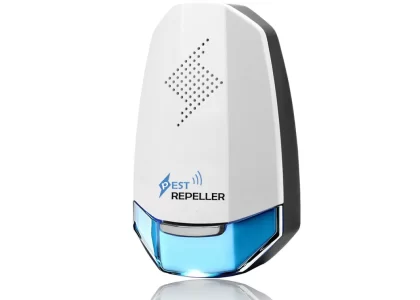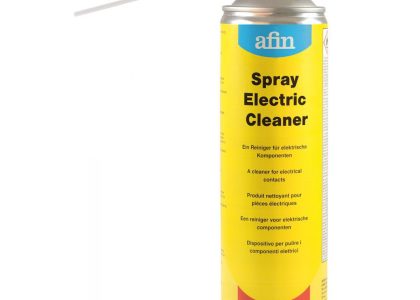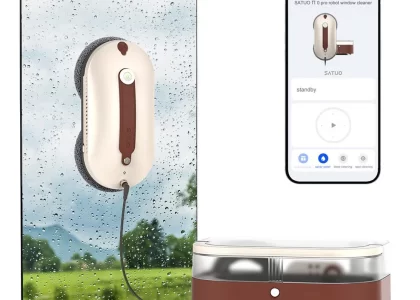 Introduction:
Introduction:
Front loader washing machines are popular for their energy efficiency and innovative design. However, over time, these machines can develop a buildup of dirt, grime, and mildew, which can affect their performance and produce unpleasant odors. In this comprehensive article, we will provide a step-by-step guide on how to clean a front loader washing machine effectively. From routine maintenance to deep cleaning methods, you’ll learn techniques to maintain a fresh and efficient appliance that delivers excellent laundry results.
 Here are some common types of washing machines:
Here are some common types of washing machines:
There are several types of washing machines available, each designed to cater to different laundry needs and installation requirements. Here are some common types of washing machines:
Top-Load Washing Machine:
Top-load washing machines have a vertical drum where clothes are loaded from the top. They are known for their traditional design and typically have a agitator or impeller in the center of the drum. Top-loaders are generally less expensive and have a faster wash cycle compared to front-loaders.
Front-Load Washing Machine:
Front-load washing machines have a horizontal drum that is loaded from the front. They are designed to be more energy-efficient and use less water compared to top-loaders. Front-loaders are known for their gentle cleaning performance and high spin speeds, resulting in better water extraction and shorter drying times. They generally have a larger capacity and are suitable for handling bulky items like comforters.
High-Efficiency (HE) Washing Machine:
HE washing machines can be either top-load or front-load and are designed to use less water and energy. They are equipped to handle low-water and high-efficiency detergents, resulting in more savings on utility bills. HE machines have different washing motions, like tumbling or pulsating, to clean clothes efficiently with less water.
Compact Washing Machine:
Compact washing machines are smaller in size, usually designed for apartment living or limited laundry spaces. They can be either top-load or front-load and have a reduced capacity compared to standard-sized washers. Compact washers offer convenience and versatility in smaller laundry areas.
Combination Washer-Dryer:
Combination washer-dryers, also known as washer-dryer combos, are all-in-one units that integrate both washing and drying functions into a single machine. They are space-saving options, ideal for small apartments or closets where separate washers and dryers may not fit. However, their drying capacity may be limited compared to standalone dryers.
Portable Washing Machine:
Portable washing machines are small and lightweight units that can be moved easily and are great for RVs, camping, or small apartment living. They usually have a smaller capacity and require manual filling and draining of water.
Smart Washing Machine:
Smart washing machines are connected to the internet and can be controlled and monitored remotely through a smartphone or smart home devices. They offer features like customized washing cycles, remote troubleshooting, and energy-efficient operation.
Each type of washing machine has its advantages and considerations. Understanding the features and capabilities of each type can help you choose the most suitable washing machine for your specific laundry needs and space.
 Routine Cleaning and Maintenance
Routine Cleaning and Maintenance
Wipe Down the Door Seal:
Regularly clean the door seal with a damp cloth to remove any dirt or residue that may accumulate.
Pay close attention to the folds and crevices where mold and mildew tend to develop.
Empty the Drain Pump Filter:
Check and empty the drain pump filter regularly to prevent clogs and improve drainage efficiency.
Refer to the machine’s user manual for specific instructions on locating and cleaning the filter.
Leave the Door Open:
After using the washing machine, leave the door open for some time to allow air circulation and prevent the growth of mold and mildew.
Cleaning the Detergent Drawer
Remove the Detergent Drawer:
Pull out the detergent drawer gently and fully extend it.
Most front loaders have a release mechanism that allows for easy removal.
Soak and Scrub the Detergent Drawer:
Soak the detergent drawer in warm soapy water to loosen any residue or build-up.
Use a soft brush to scrub away any stubborn stains or deposits.
Rinse and Dry the Detergent Drawer:
Thoroughly rinse the detergent drawer with clean water to remove any soap or debris.
Ensure that the drawer is completely dry before reinserting it into the washing machine.
 Removing Mildew and Odors
Removing Mildew and Odors
Run a Hot Water Cleaning Cycle:
Set the washing machine to its hottest water temperature setting.
Run an empty cycle with no clothes and add in either a cup of bleach or white vinegar to the detergent dispenser.
Clean the Drum with Vinegar:
For a natural alternative, pour two cups of white vinegar directly into the drum.
Run a hot water cycle without any laundry to allow the vinegar to clean and deodorize the interior.
Wipe Down the Drum and Door:
After the cleaning cycle, use a clean cloth or sponge dampened with vinegar or a mild detergent to wipe down the drum and door.
Pay attention to areas prone to dirt and mildew, such as rubber gaskets and seals.
Dealing with Stubborn Stains or Build-up
Remove Excess Build-up:
Create a paste by mixing baking soda and water until it forms a thick consistency.
Apply the paste to stained or dirty areas, such as the drum or door, and let it sit for about 30 minutes.
Scrub with a Soft Brush:
Use a soft brush, such as a toothbrush or a scrub brush, to gently scrub the paste into the stained areas.
Rinse with water and repeat if necessary until the stains or build-up are no longer visible.
Ongoing Maintenance Tips
Use High-Efficiency Detergent:
To prevent excessive residue or build-up, always use high-efficiency detergent specifically designed for front loader machines.
Follow the recommended dosage for your specific machine and the size of your laundry load.
Regularly Clean the Filter and Drain Pump:
Incorporate regular cleaning of the drain pump filter into your maintenance routine.
Likewise, check and clean the filter according to the manufacturer’s recommendations to ensure optimal performance.
Run Monthly Cleaning Cycles:
Run a hot water cleaning cycle with either bleach or white vinegar once a month to keep your washing machine fresh and odor-free.
This helps to prevent the build-up of mold, mildew, and residue in the drum and other components.
 Conclusion:
Conclusion:
Maintaining a clean and odor-free front loader washing machine is essential for efficient and fresh laundry results. By following these step-by-step cleaning techniques and incorporating regular maintenance routines, you can ensure optimal performance and extend the life of your appliance. From routine cleaning and maintenance to removing stains and persistent odors, these practices will help maintain a clean and efficient front loader washing machine that delivers excellent laundry outcomes. Embrace these tips and enjoy a fresh-smelling and well-maintained appliance that meets all your laundry needs.





